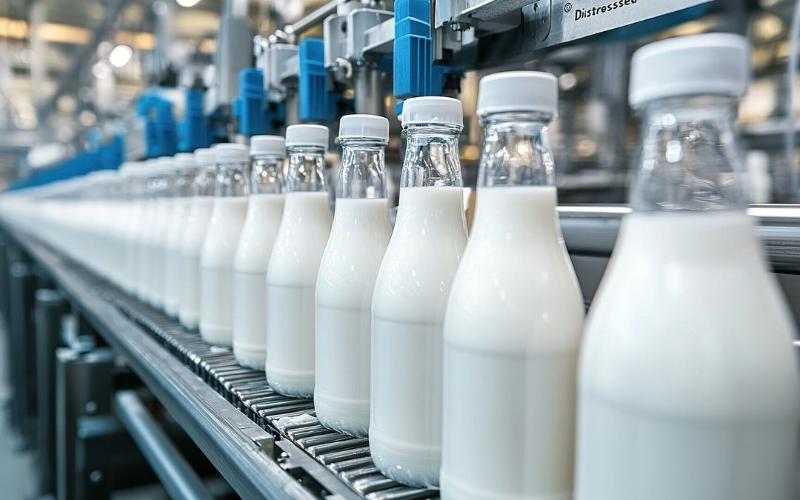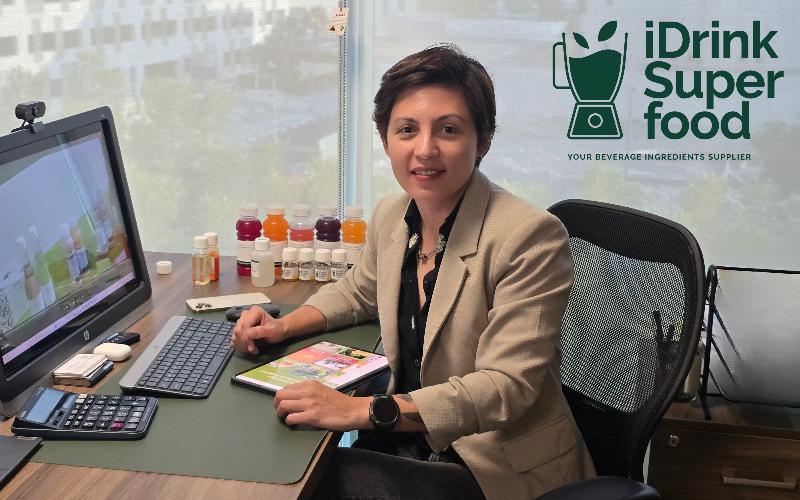U.S. Dairy Industry Faces Milk Carton Shortage Due to Supply Chain Disruptions

Pactiv Evergreen, a leading packaging manufacturer in North America, is at the center of the problem, with a production backlog affecting its ability to fulfill orders. While the company has not provided an official explanation for the supply disruptions, earlier restructuring efforts in 2023, which included the closure of a paper mill in North Carolina and a converting facility in Ohio, may have contributed to the current situation.
Dairy processors sought assistance from Tetra Pak, another major U.S. dairy packaging manufacturer, but the company has been unable to meet the surge in demand, forcing it to turn away orders. Seth Tepley, president and CEO of Tetra Pak U.S. and Canada, acknowledged the production capacity limitations, stating that they are unable to fully make up for the unexpected shortage.
Schools in New York, California, Pennsylvania, and Washington State are already feeling the impact of the milk carton shortage. Alternative strategies to address the issue include exploring bulk milk dispensers, shelf-stable packaging, and pouring milk from plastic jugs into reusable or disposable cups. Some schools are even opting to skip milk altogether, utilizing a USDA waiver to forego program requirements during supply disruptions.
The shortage has prompted concerns among dairy producers, as reduced demand for milk could have implications for perishable dairy products. While U.S. milk processors are collaborating with alternative packaging suppliers to address the shortage, the situation is expected to persist into early 2024, according to projections by the International Dairy Foods Association.
New York State Assemblyman Chris Tague has characterized the packaging shortage as a "national crisis" and emphasized the need for effective handling to set a precedent for milk availability in schools. Despite ongoing efforts to find solutions, the situation poses challenges for the dairy industry and underscores the broader impact of supply chain disruptions on essential sectors.














